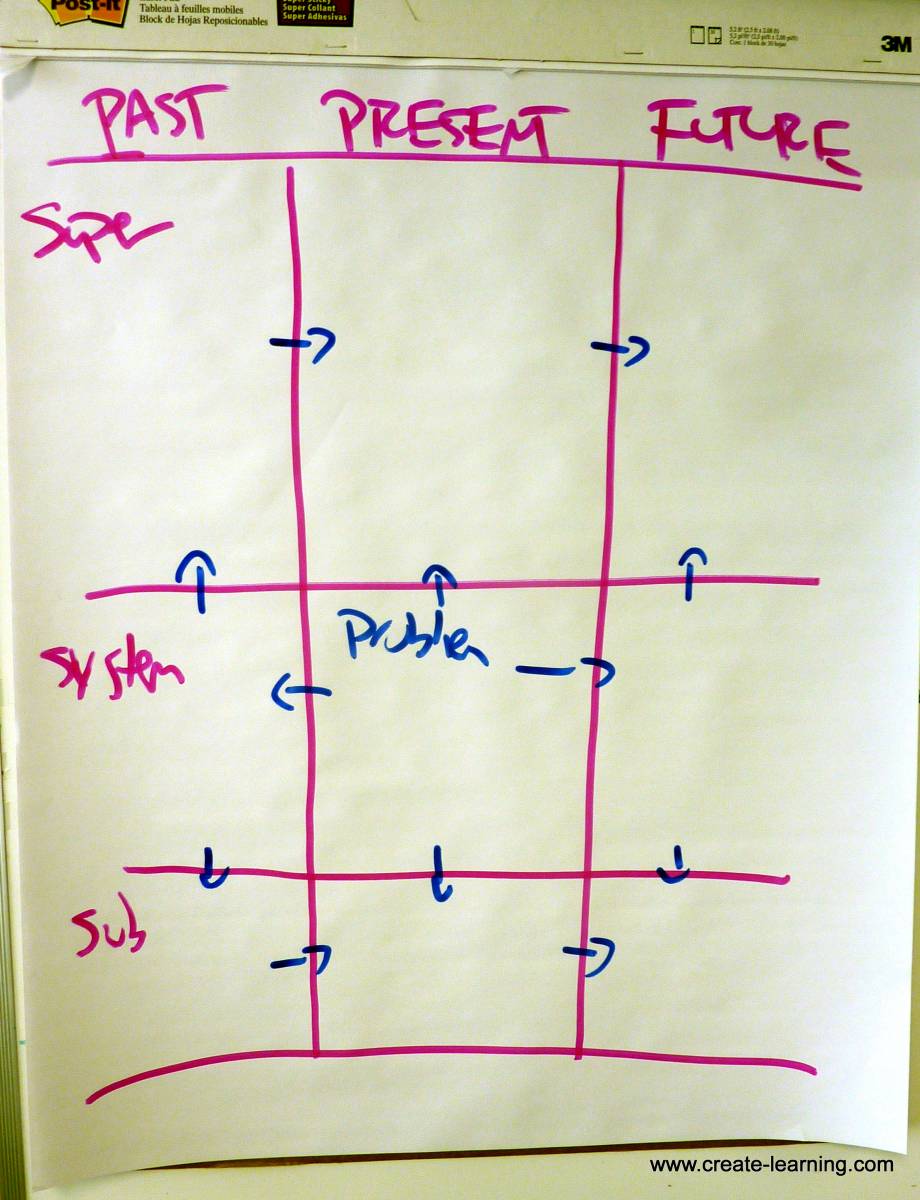
Note the differences between any hypothetical solutions and the complaint. – Steve de Shazer – Clues pp 99
In earlier posts, I share 4 useful areas to look for progress clues of change:
- Change happens when it seems reasonable
- Exception to the norm is change
- Change through a small nudge
- Digger deeper taints change through assumptions
Noticing what is different and putting difference to work is a task of leadership. When leaders notice what is different and can put difference to work, they see how change happens, where change matters, and what difference it makes to the team.
We become myopic and solipsistic when challenged and resisted, a response that works; otherwise, it would not happen. Having resistance that works is counter-intuitive; in some change efforts, resistance is seen as a bad thing instead of what’s needed. Being thoughtful about differences and bad ideas is a valuable leadership capacity.
As you listen to the change documenting, write down differences teams and people share between the change that seems reasonable and the complaint/ resistance may create enough of a landscape to make the next decision.
The difference is where you find progress.

